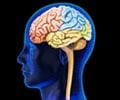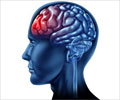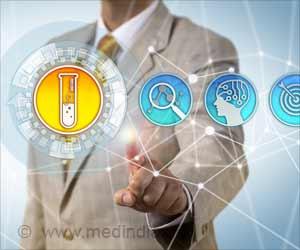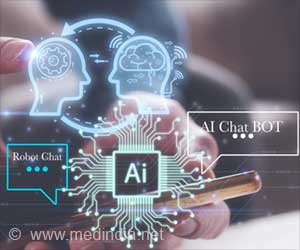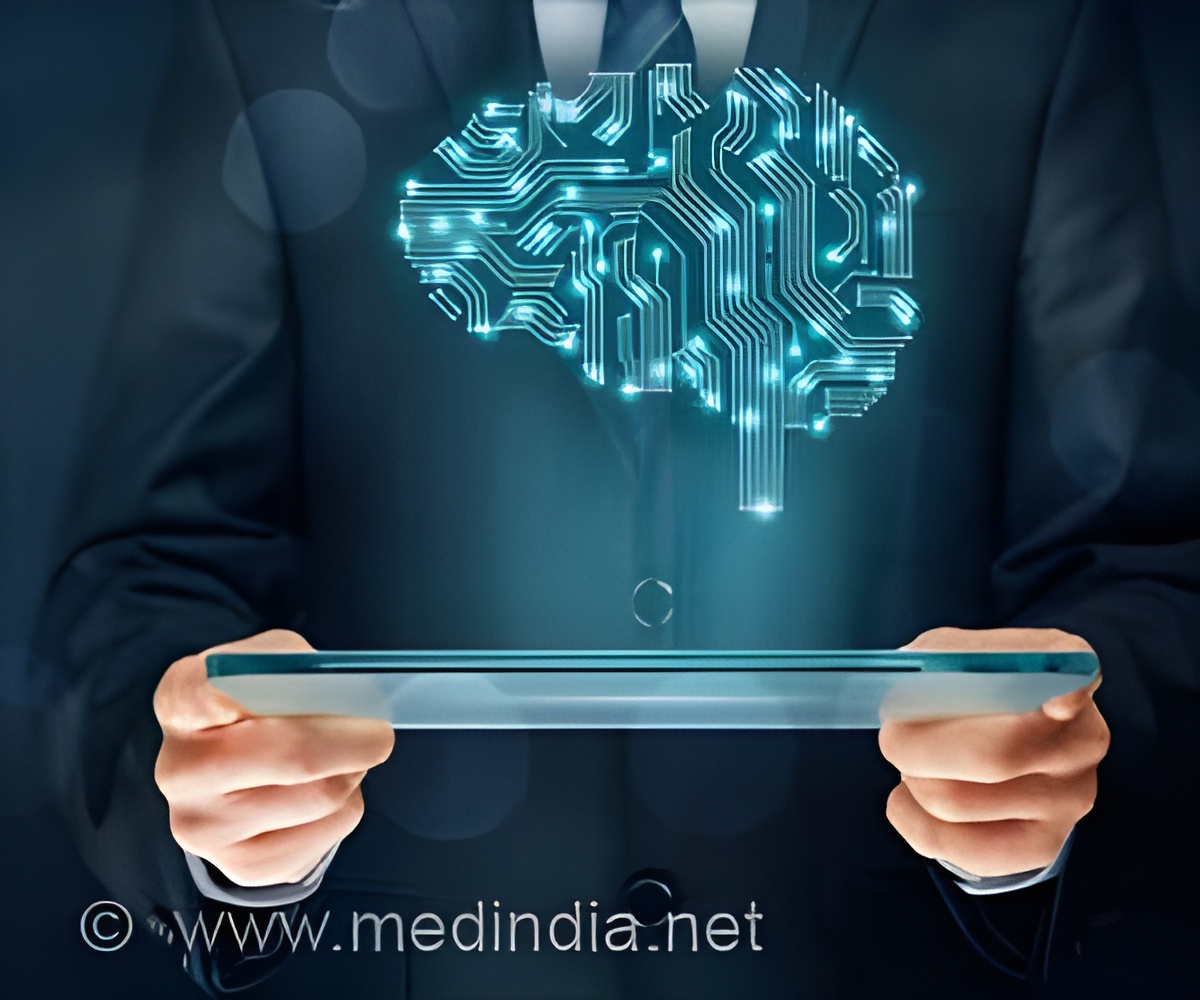
‘Cognitive neuroscientists use artificial intelligence (AI) networks to help unravel the mystery of human brain.’
Tweet it Now
"The brain is a deep and complex neural network," says Nikolaus Kriegeskorte of Columbia University, who is chairing the symposium. "Neural network models are brain-inspired models that are now state-of-the-art in many artificial intelligence applications, such as computer vision."
In one recent study of more than 10 million images, Oliva and colleagues taught an artificial network to recognize 350 different places, such as a kitchen, bedroom, park, living room, etc. They expected the network to learn objects such as a bed associated with a bedroom. What they didn't expect was that the network would learn to recognize people and animals, for example dogs at parks and cats in living rooms. The machine intelligence programs learn very quickly when given lots of data, which is what enables them to parse contextual learning at such a fine level, Oliva says. While it is not possible to dissect human neurons at such a level, the computer model performing a similar task is entirely transparent.
Indeed, Kriegeskorte says that these models have helped neuroscientists understand how people can recognize the objects around them in the blink of an eye. "This involves millions of signals emanating from the retina, that sweep through a sequence of layers of neurons, extracting semantic information, for example that we're looking at a street scene with several people and a dog," he says. "Current neural network models can perform this kind of task using only computations that biological neurons can perform. Moreover, these neural network models can predict to some extent how a neuron deep in the brain will respond to any image." Using computer science to understand the human brain is a relatively new field that is expanding rapidly thanks to advancements in computing speed and power, along with neuroscience imaging tools. The artificial networks cannot yet replicate human visual abilities, Kriegeskorte says, but by modeling the human brain, they are furthering understanding of both cognition and artificial intelligence. "It's a uniquely exciting time to be working at the intersection of neuroscience, cognitive science, and AI," he says.
Indeed, Oliva says; "Human cognitive and computational neuroscience is a fast-growing area of research, and knowledge about how the human brain is able to see, hear, feel, think, remember, and predict is mandatory to develop better diagnostic tools, to repair the brain, and to make sure it develops well."
Source-Eurekalert


